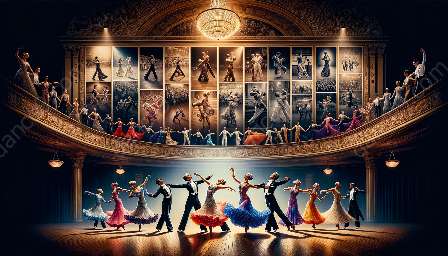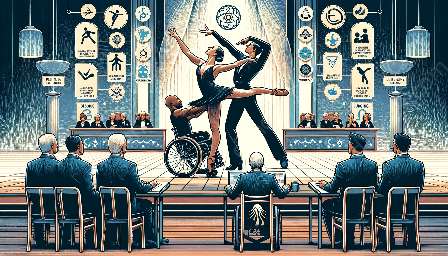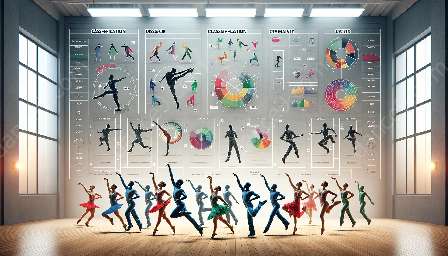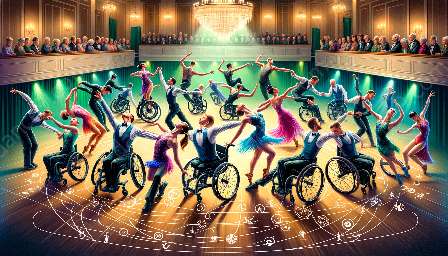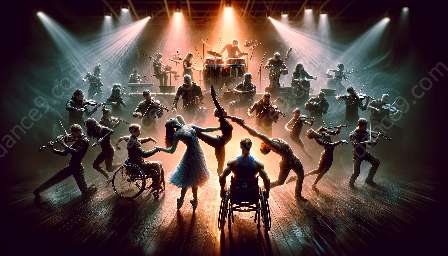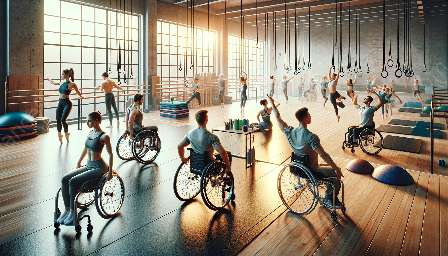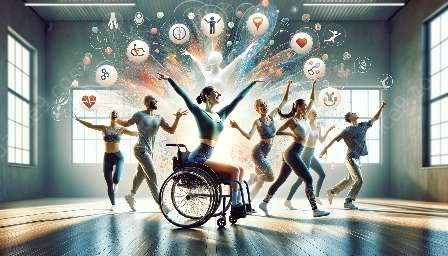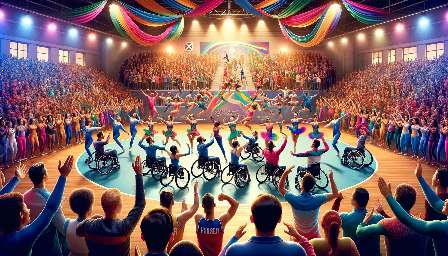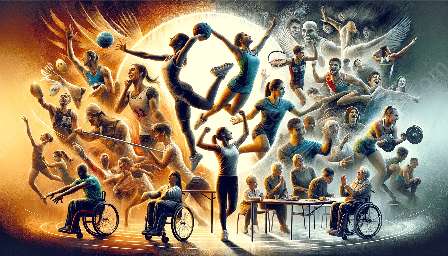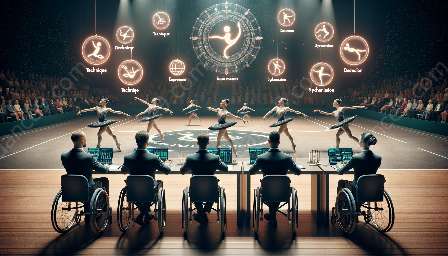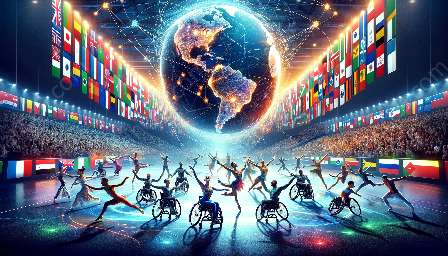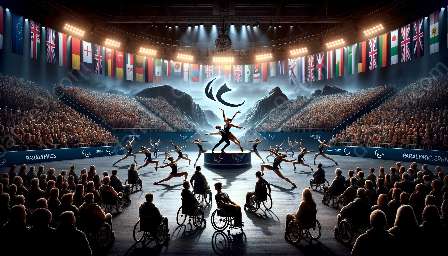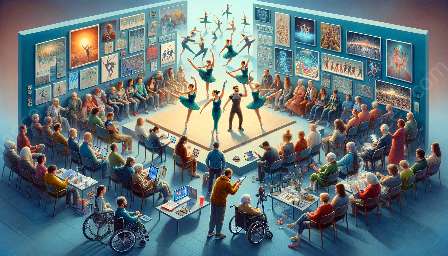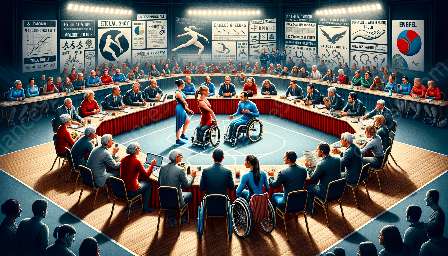Dance sport is a physically demanding activity that requires not only physical strength and skill, but also mental fortitude. For para dancers, the mental aspect of training and conditioning plays an even more crucial role in their preparation for competitions such as the World Para Dance Sport Championships.
Understanding Mental Conditioning
Mental conditioning refers to the process of training the mind to develop mental toughness, resilience, focus, and confidence. It involves techniques and strategies aimed at enhancing an athlete's psychological preparedness to perform at their best under pressure.
Impact of Mental Conditioning on Para Dancers
For para dancers, mental conditioning plays a pivotal role in their ability to overcome physical limitations and excel in the highly competitive world of dance sport. The psychological challenges they face, including the adjustment to their unique physical abilities, the pressures of competition, and societal perceptions, make mental conditioning an essential component of their training regimen.
Building Confidence and Resilience
One of the primary goals of mental conditioning for para dancers is to build their confidence and resilience. Through specialized training programs, dancers are taught to develop a positive mindset, overcome self-doubt, and cultivate self-belief in their abilities. This mental fortitude is crucial for navigating the challenges of intense training and competition, as well as for maintaining a positive outlook on their journey as para athletes.
Enhancing Focus and Concentration
Para dance sport requires exceptional focus and concentration, as dancers need to maintain precise movements, timing, and coordination with their partners. Mental conditioning techniques, such as visualization, mindfulness, and attention control, help para dancers hone their ability to stay focused and present during performances, despite external distractions or physical constraints.
Managing Stress and Pressure
The world of competitive para dance sport can be highly stressful and pressurized. Mental conditioning equips para dancers with coping mechanisms to manage stress, anxiety, and the weight of expectations. By learning to regulate emotions, control nerves, and adopt a resilient mindset, dancers can perform at their peak even when faced with the intense scrutiny of championships and high-stakes competitions.
Training and Conditioning for Para Dance Sport
In conjunction with mental conditioning, the physical training and conditioning of para dancers are also integral parts of their preparation for dance sport. Strength, flexibility, endurance, and coordination are all essential physical components that need to be developed and maintained through specialized training programs tailored to accommodate the different requirements and challenges faced by para athletes.
Adapted Training Methods
Due to the unique physicality of para dancers, training methods must be adapted to suit their individual needs and abilities. This may involve customized exercises, equipment modifications, and specialized rehabilitation protocols to ensure that para dancers can build their physical prowess in a safe and effective manner.
Performance Enhancement
Physical training and conditioning aim to enhance the performance capabilities of para dancers, allowing them to execute complex choreography, maintain fluid movements, and express themselves artistically with precision and grace. Through targeted strength and endurance trainings, para dancers can augment their physical abilities, compensating for impairments and limitations through adaptive techniques and strategies.
Recovery and Injury Prevention
The rigorous nature of para dance sport necessitates a strong focus on injury prevention and recovery. Conditioning programs are designed to mitigate the risk of injuries, promote muscular balance, and foster overall well-being for para dancers, ensuring that they can sustain long-term engagement in their sport.
World Para Dance Sport Championships
The pinnacle of para dance sport competition is represented by the World Para Dance Sport Championships, where dancers from around the world gather to showcase their skills and compete for prestigious titles. The rigorous physical and mental demands of the championships require comprehensive preparation and conditioning to meet the challenges of the global stage.
Strategic Preparation
As para dancers gear up for the World Para Dance Sport Championships, their training and conditioning programs become increasingly focused on strategic preparation. This involves tailored training plans, competition-specific simulations, and mental rehearsals to acclimate dancers to the high-pressure environment of the championships.
Performance Optimization
Conditioning efforts are intensified to optimize the performance capabilities of para dancers for the championships, with a particular emphasis on fine-tuning technical skills, mental preparedness, and overall physical readiness. Coaches and support staff work collaboratively to ensure that para dancers are in peak condition to deliver their best performances on the world stage.
Embracing the Journey
Ultimately, the journey of training and conditioning for para dance sport, culminating in the World Para Dance Sport Championships, represents not only a pursuit of excellence but also a celebration of the resilience, determination, and talent of para dancers. Their dedication to mental and physical conditioning exemplifies the power of the human spirit to overcome challenges and thrive in the realm of competitive dance sport.

